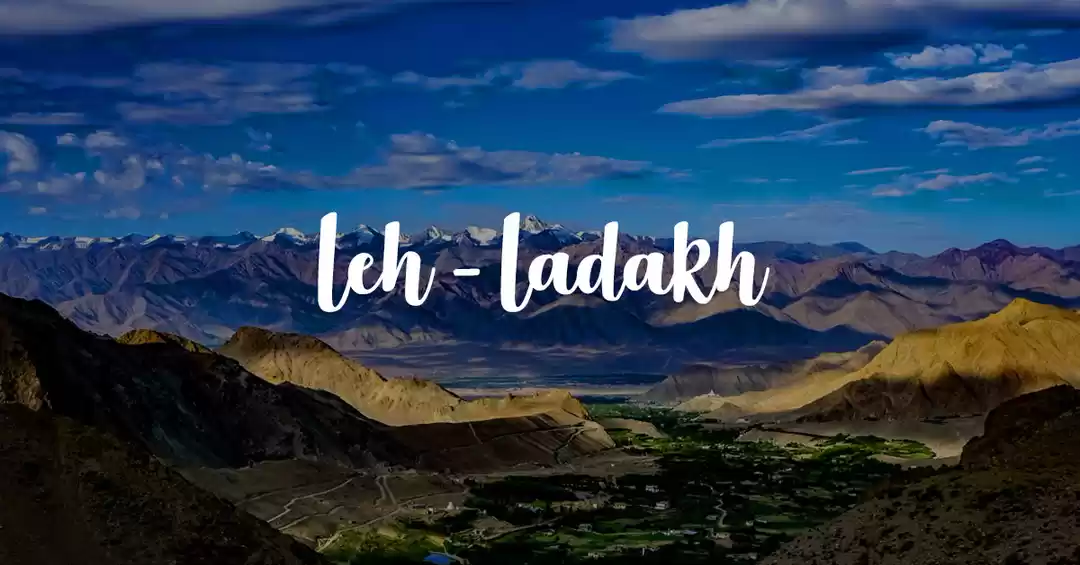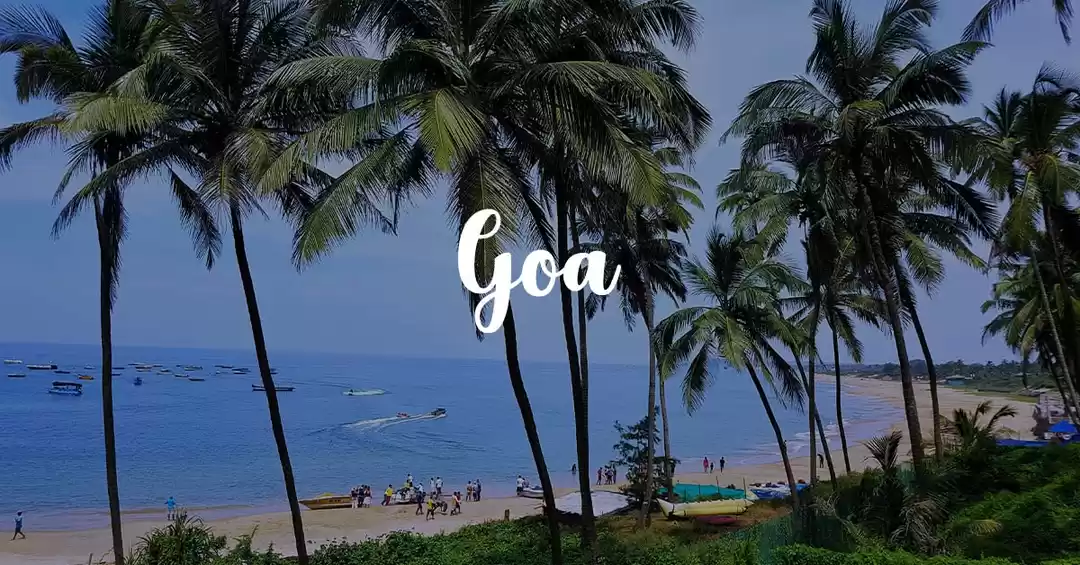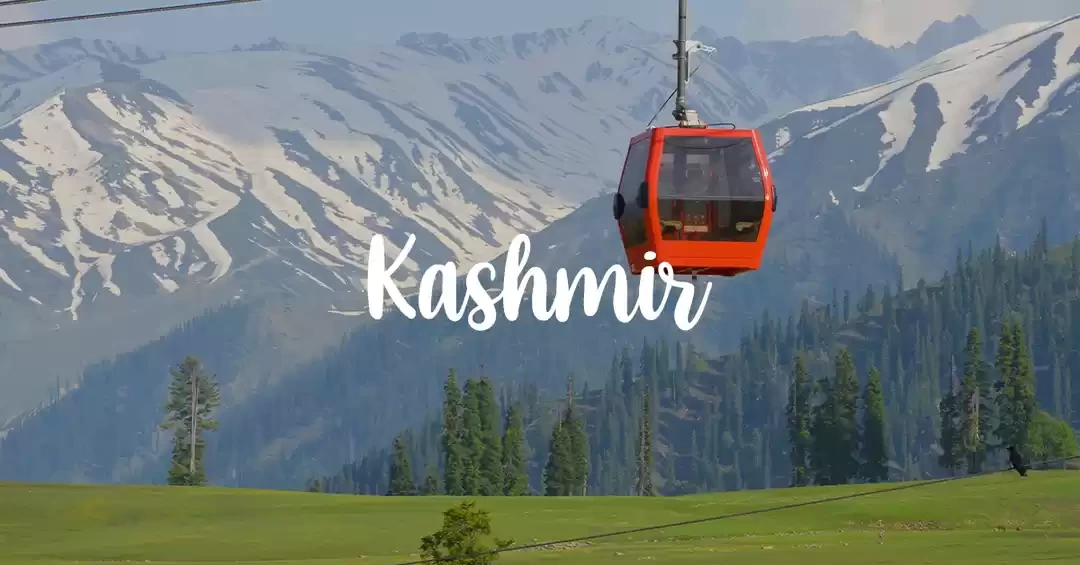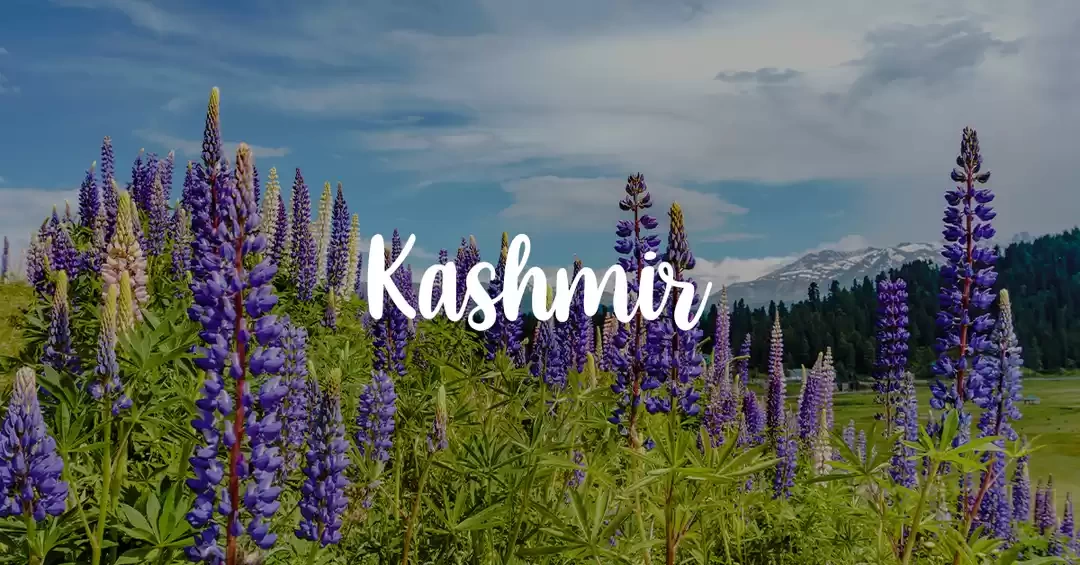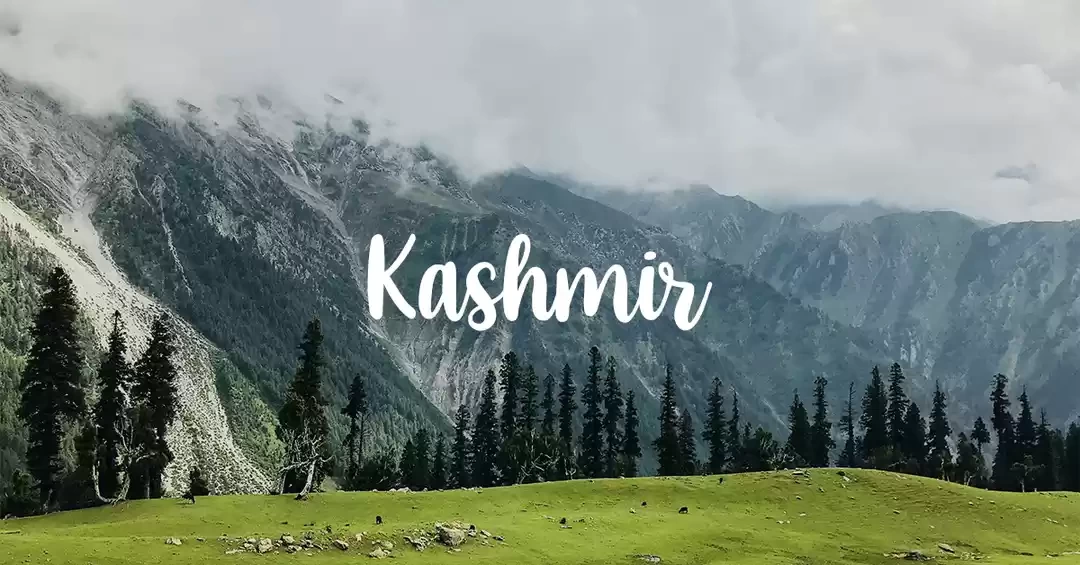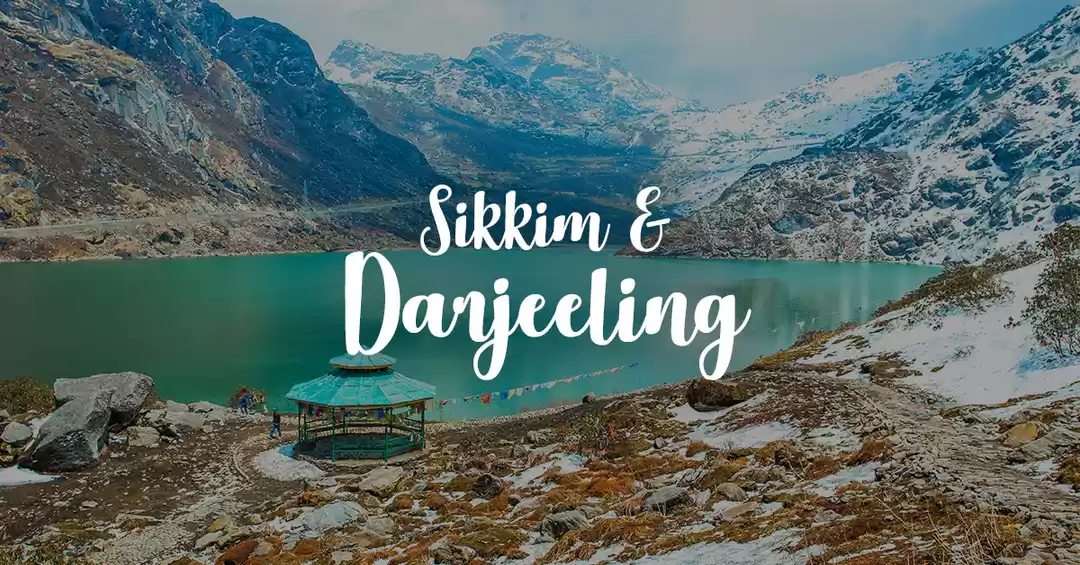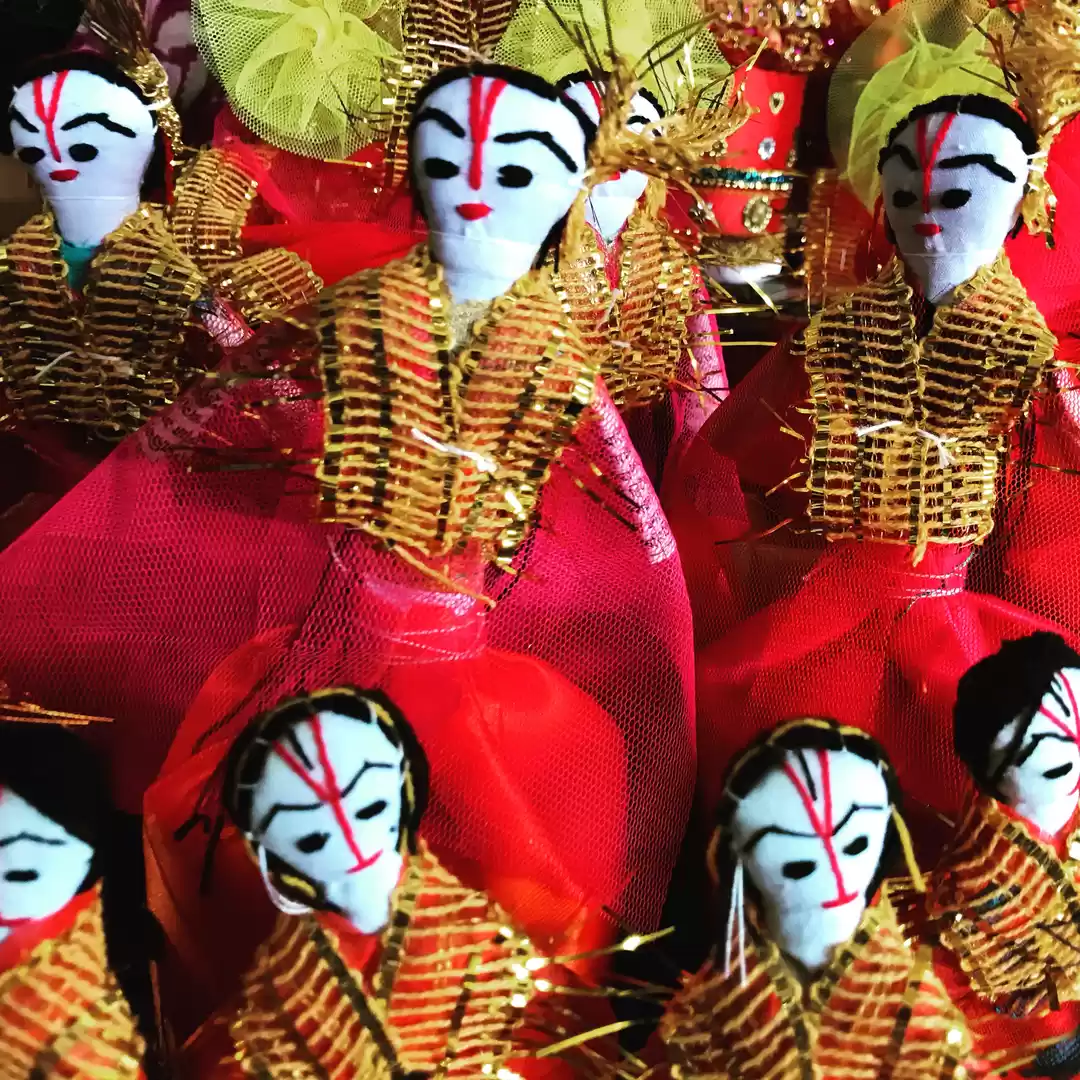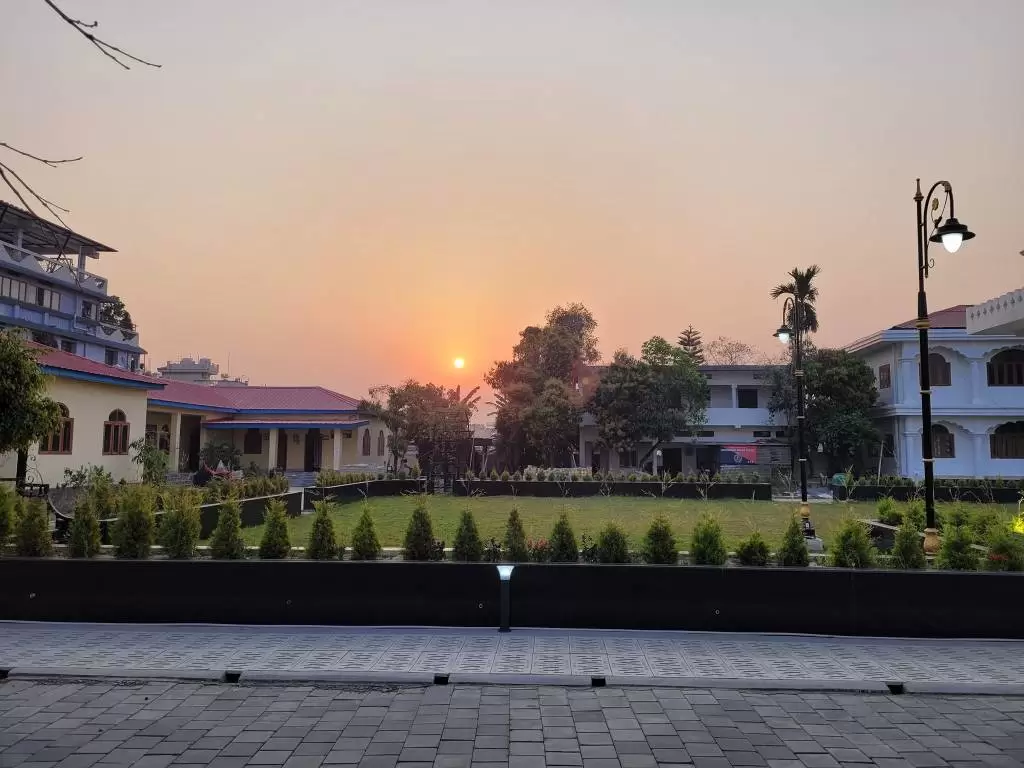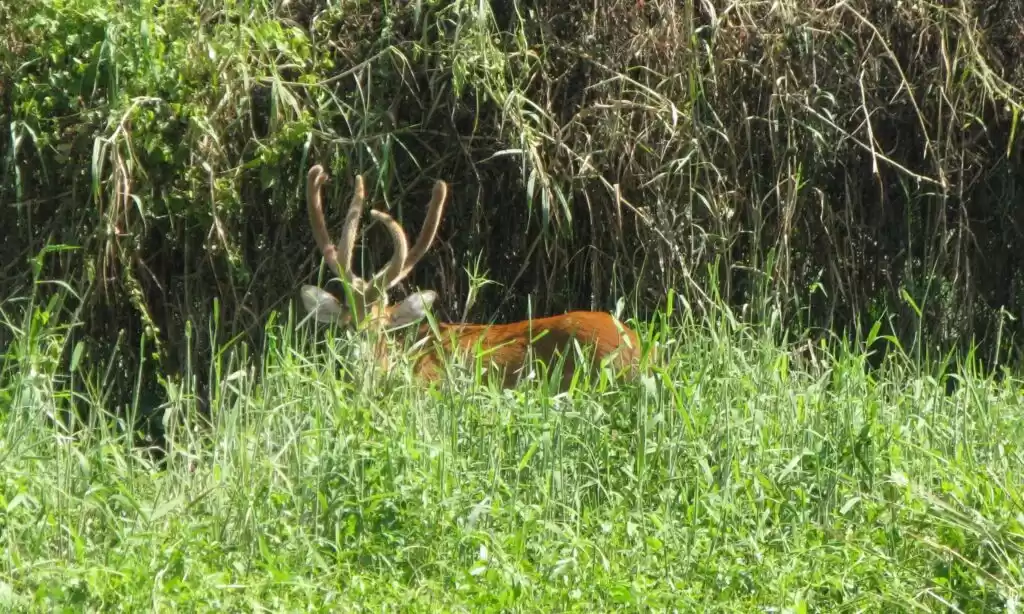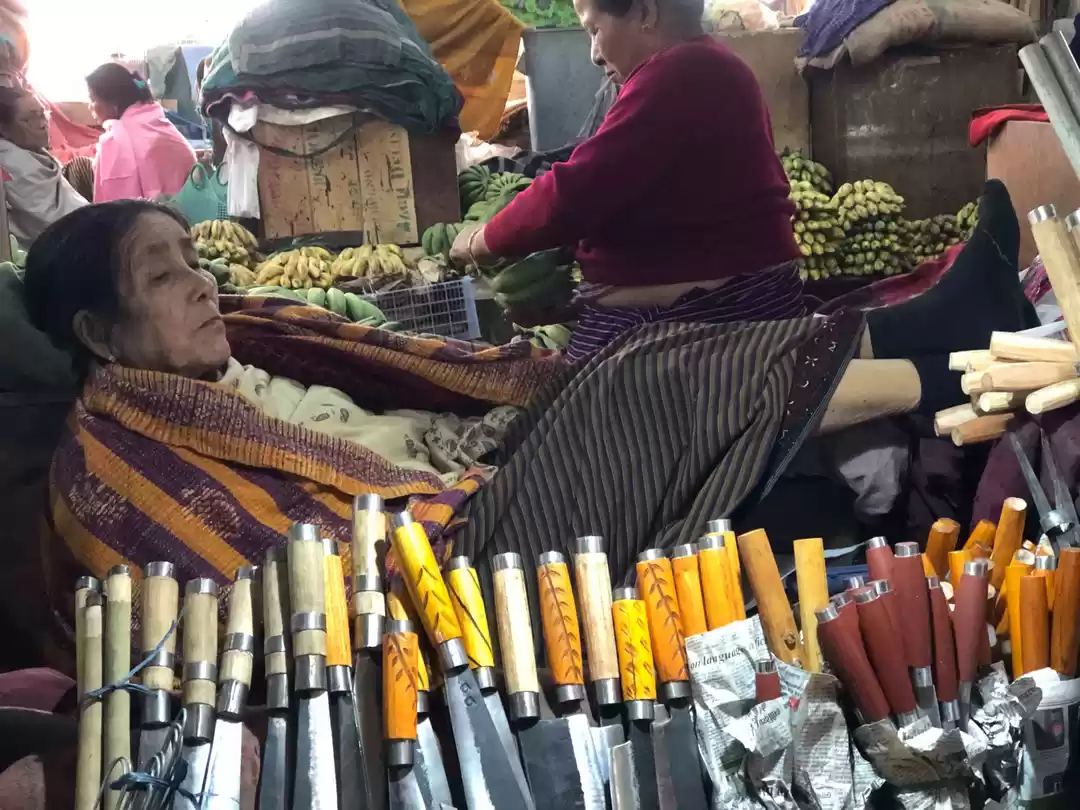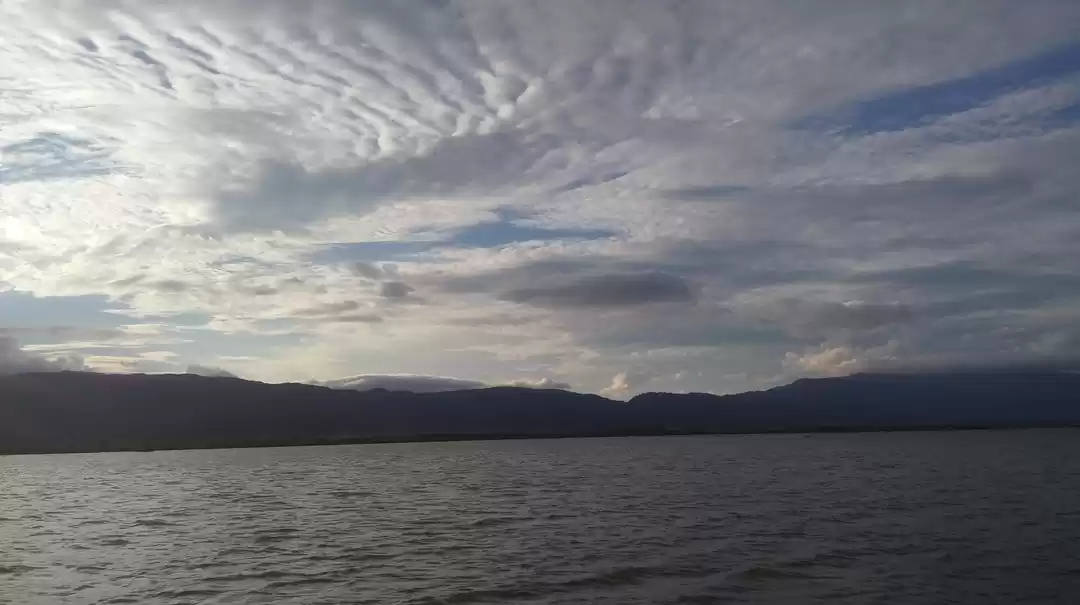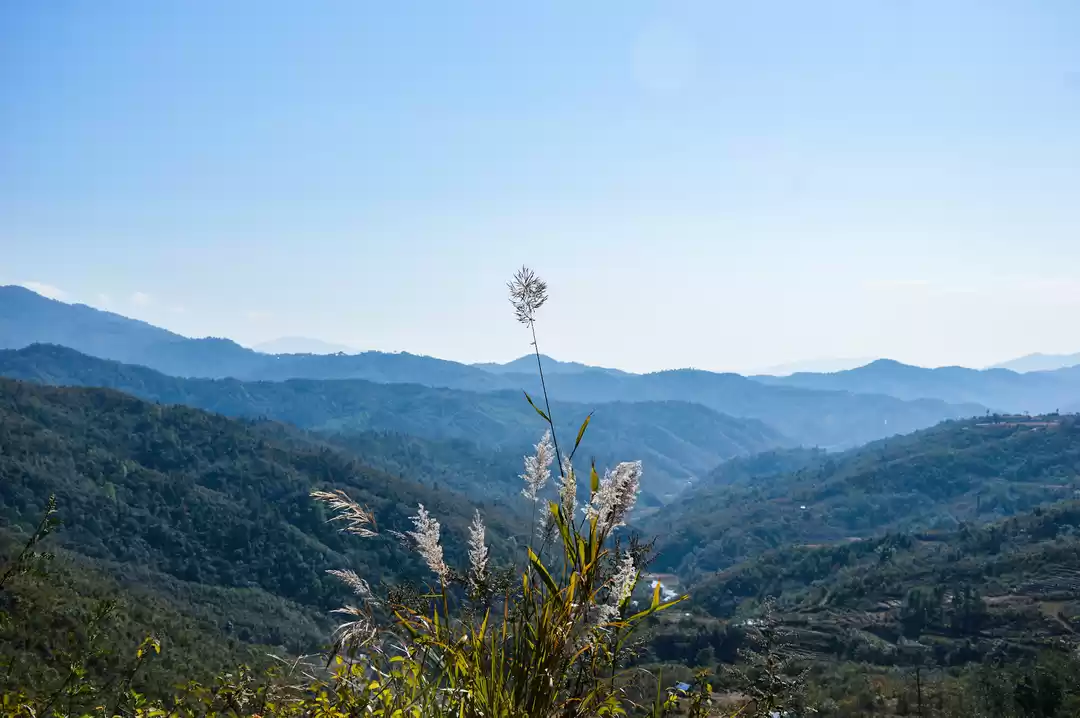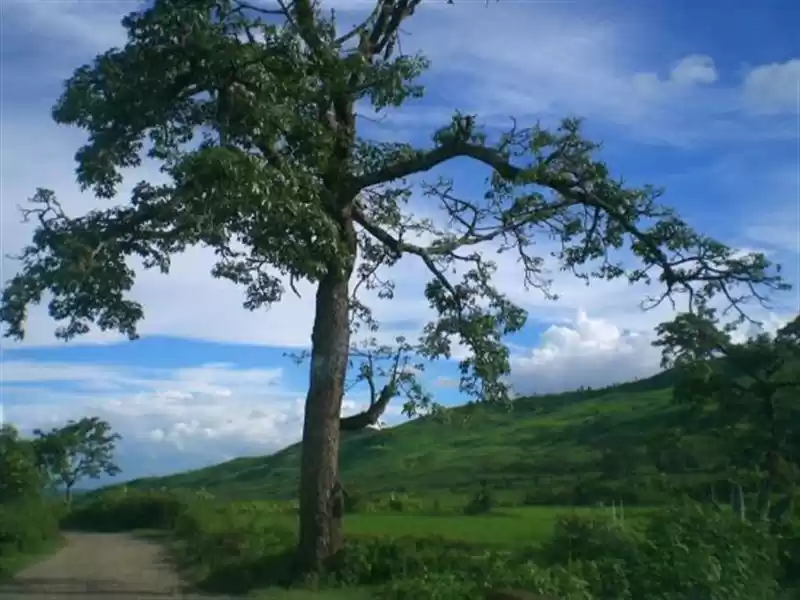
The streets wore a deserted look. Most of the shops were closed. Few men in uniform were seen chatting insouciantly with guns on their shoulders. It was 7.00 p.m in the evening. Knots of them shine powerful torches into passing cars signalling to drivers to switch on the interior lights. It is Imphal, an edgy shuttered place as the sun goes down. There is nothing to explore when the lights call it a day.
“They check the fingertips while doing routine checks”, said Rina, my cab driver referring to the Indian Army. Rough and stiff fingers point towards probable affiliation to the trigger. Marred by insurgency since the start of the century, Manipur hasn’t been on the tourist radar for obvious reasons, until recently. Travel is a carousel of unfamiliar and exciting things and Imphal fits the brief perfectly.
Imphal
The capital is a flat valley surrounded by hills that extend into Myanmar. The unassuming city houses the expansive and historic Kangla area, the Imphal War cemetery of WWII and the Indo Japanese Peace Memorial at Red Hill as its major attractions. The scenery changes dramatically once you drive out of Imphal. Dense exhilarating green hills run into each other at every bend of the road. There are a plethora of options to pursue. You can wander in the ancient village of Andro in the gorgeous Senthi Natural Park, do boating in the unique Loktak Lake – the lake of floating islands, visit the mystical monoliths in the spectacular mountain village of Willong Khullen, visit the INA War Museum in Moirang or you can just spend the evening at the famous Rita Café in Imphal with live Manipuri music at your disposal.
Kangla
It was the royal seat of the erstwhile capital of Manipur. Revered as the most sacred site of Manipur, it is believed to be associated with the deeply religious beliefs and practices of the Manipuris.

The Ningthouja dynasty ruled the state from 33 A.D until 1891 when the British Empire took over. Opened to the public only in 2004, the 238 acre of Kangla consists of ancestral abode of the ruling clan, their burial places, temples, shrines and certain megalithic structures spread across its territory.

The Kangla region has a cult status for the Manipuri people as all relics, imprints and traces left behind by the history of Manipur originate from here.

Built during the early 17th century, a few ruins of Kangla Palace remains. Most of the structures were destroyed by the British during the Anglo Manipur war. Govindajee Temple is inside the remaining fortified wall. Its array of pillars is a hallmark of the venerable structure. Another notable monument is the Hijagang Temple. Built in 1846, it has been renovated and is the most beautiful structure in the area. Two large white statues of ‘Kangla Sha’ – a mythical animal as per Manipuri folklore stands in front of the Uttra (coronation halls of the erstwhile Kings) to commemorate the original wood and brick structures which were destroyed by the Britishers post their occupation on the fort. Considered to be deeply sacred by the locals, the Britishers demolished them as a punishment for the Manipuri resistance. Apart from a few other small old temples and cremation sites, there is not much left in the Kangla area. However, the lush green surroundings with few moats running alongside make the visit pleasurable.
The War Cemetery
‘There name liveth for ever more’ – says an inscription at the Imphal War Memorial. This place is a grim reminder of the brutal Japanese offensive on March, 1944. The protection of Imphal was crucial to the defence of India. Surrounded by the enemy from almost all sides, the Indo-British army fought valiantly for two months and stalled the Japanese aggression.

More than 1600 burials of brave young soldiers (mostly Indian and British aged between 19-30 years) lie here. The names, age and their regiments are embossed on marble slabs placed aesthetically in several horizontal rows amidst a lush green landscape.

The Indo-Japanese Peace Memorial
Famously called the Battle of Red Hill, this small mound was the farthest place till which Japanese Army and the Azad Hind Fauj (AHF) could reach in 1944. Ironically, after the first battle of Independence (1857) where Indians fought with each other (sepoy uprising), this is the last battle before Independence where a similar thing happened.

It was also for the first time an Indian force (British Indian Army) resisted a foreign invasion successfully. Heavy casualties occurred on the aggressor. Out of the estimated 500 soldiers who attacked Red Hill, only 40 survived. It is said that even many years after the war, bones of dead soldiers could be seen during the monsoons when the soil washed away. The Japanese Government with its persistent efforts and with the help of then Governor of Manipur – Mr. Chintamani Panigrahi managed to get a plot of 5000 sq. meters to commemorate the brave soldiers of either side. Located on the Tiddim Road near the village of Maibam, they built three memorials on the site of Red Hill – signifying the war between Japan, India and Britain. The memorials are made of large uncut sandstone blocks and a red sandstone floor lying in the center symbolizing the blood spilt in the war.
Santhei Natural Park - Andro
Believed to be dating back to 1st century AD, the ancient village of Andro had some of the earliest settlers of Manipur. An hour’s drive from Imphal, it is the ideal location for a day trip. It is famous for its handcrafted and unique style of pottery, tribal dolls, animal figurines and wood carvings.

The products are sundried for four days before being baked in the fire. The natural dye used by the craftsmen make the colours durable, bright and vibrant. The Senthei Natural Park adjacent to the village is a popular picnic spot with a lush green landscape, neat pathways, a sparkling lake and resplendently bright flower beds. Based at the foothills of the Nongmaiching range of Manipur, the place offers a beautiful panorama of the surrounding hills. The villagers are warm and simple. You would need to haggle with them for buying souvenirs. You can be pretty sure that they are asking for a reasonable rate.

The unique ‘Phumdis’ of Loktak Lake - Bishnupur
The largest freshwater lake in North East India is spread across an area of 280 sq. km. Situated in Bishnupur district, it is considered to be the lifeline of the Manipuris. With more than 200 species of aquatic plants, 100 species of birds and 400 species of animals, it’s an ecosystem in itself. Due to its varied flora and fauna, it has been given the tag of “Wetland of International Importance” by Ramsar conservation.

Characterized by innumerable circular shaped islands (called Phumdis) seemingly submerged in the middle. These islands are a mixture of decomposed vegetation, organic matter and soil. It provides for a spectacular sight from above. The Keibul Lam Jao National Park at the south western part of the lake is home to the endemic Sangai – a brow-antlered deer. It is on one of the largest Phumdis (40 sq. km) of the lake and thus famously considered to be the World’s only floating National Park. There are plenty of boating options in Loktak Lake and is very popular among visitors. The Sendra Park and Resort on an elevated large Phumdi is the only accommodation option overlooking the Loktak Lake. To have the best view of the Phumdis, it is advisable to visit the place during summers when water levels are low.
INA War Museum - Moirang
On the way from Imphal to Loktak Lake, it will be worthwhile to visit the INA War Museum in Moirang. It has several war exhibits and battle paraphernalia.

It glorifies the INA struggle during World War II and its efforts to gain independence from the British. Photography is strictly prohibited within the premises. A large statue of Netaji Subhas Chandra Bose stands at the entrance and symbolizes his efforts in leading the INA. This place is of immense historical significance as for the first time the Indian Tricolor Flag was hoisted on 14th April, 1944 when the INA along with the Japanese forces captured Moirang in their quest of Manipur.
Best Time to Visit: December to March





